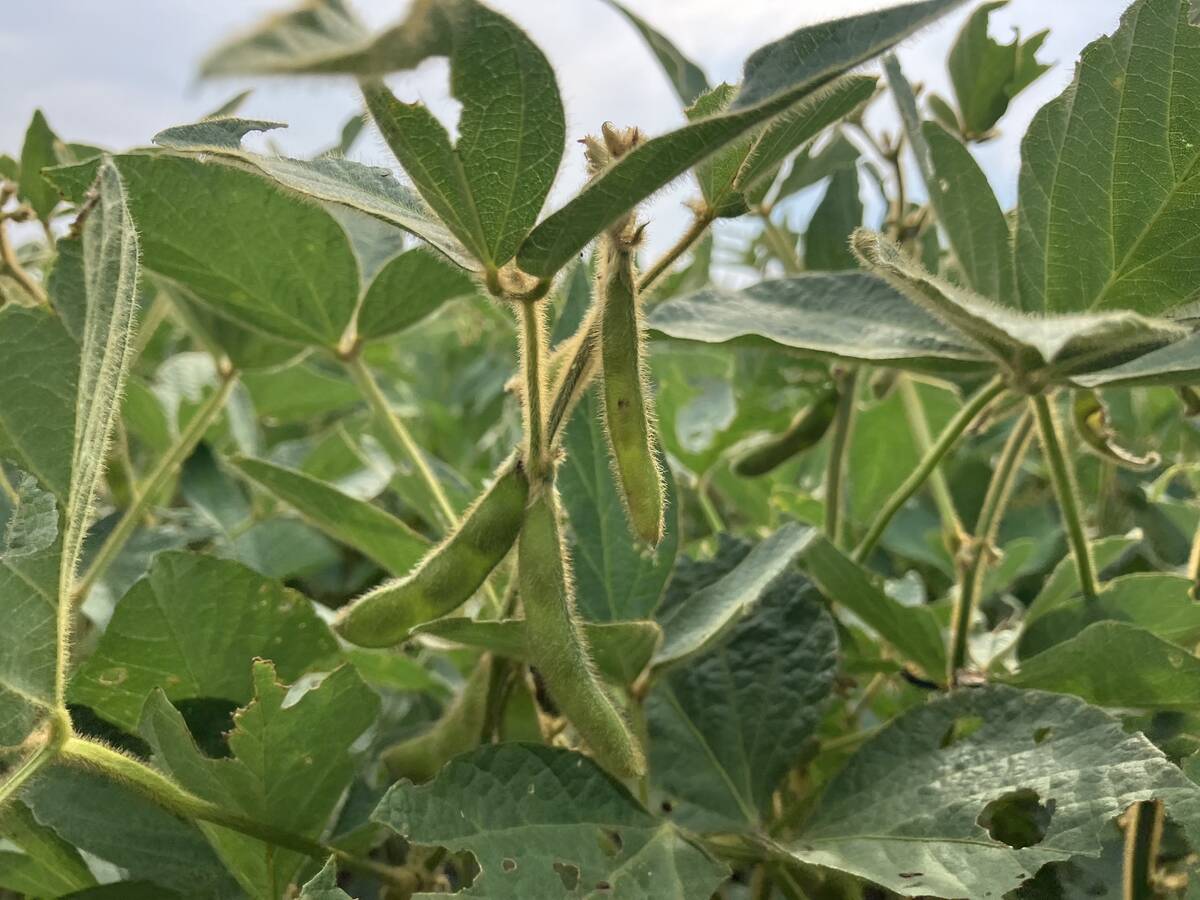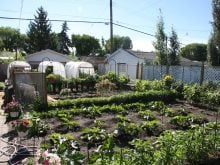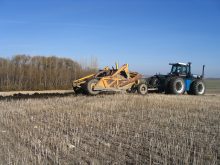The first thing I must admit is that I am no expert when it comes to growing soybeans. However, I have made a few observations as the crop has silently moved north and west.
Ten years or so ago, I was definitely not on the bandwagon. I guess I had seen what a late August or early September frost can do to a crop like canola, to say nothing of a frost-susceptible crop like soybeans.
Then along came the stretch of years from 2010-17, when, in most years, we received our first killing frost after Thanksgiving. I began to second guess myself.
Read Also

Proposed dicamba restrictions please expert
Pest Management Regulatory Agency proposes banning “over-the-top” spraying of dicama on soybeans.
Even though Environment Canada tells us the average first day of frost in east-central Saskatchewan (Yorkton) is Sept. 10 (using 1989–2010 data), I began to believe that climate change had moved our first frost date to one where soybeans could successfully be grown.
Then along came Sept. 4, 2018. It definitely hurt most soybean fields in eastern Saskatchewan and western Manitoba. This is going to set back the speed of growth of this crop for a few years.
Now on to the meat of this column. The number one issue that I continually observe in soybeans is lack of control of volunteer canola.
Volunteer canola is consistently in the list of Top 5 weeds found in fields across Western Canada.
The reasons are obvious: we have increased the acreage of canola every year until 2018. This has resulted in a “shorter” rotation for other crops. We often see canola grown every second or third year (Gulden et al, 2003), which ends up equating to more canola volunteers in the following crops.
While canola volunteers show up heaviest in the year following canola, these volunteers will also show up the second year.
The major problem occurs when a grower tries to control volunteers from Roundup Ready canola with glyphosate in Roundup Ready soybeans. Folks — it doesn’t work.
So is growing only InVigor canola the answer? The answer is, partially.
I have observed messes with this strategy. It would seem there is enough outcrossing going on with Roundup Ready and InVigor canola that there are significant Roundup Ready tolerant plants in an InVigor field. The problem is significantly reduced, but there is still an issue.
Researchers have been working on a number of herbicide combinations that can provide control of volunteer Roundup Ready canola in soybeans, and they have some recommendations that work.
However, for some reason they have avoided working with one chemistry that I have recommended for years in east-central Saskatchewan: imazethapyr, which is sold as Pursuit, Kamikaze, Phantom, Gladiator and MultStar.
It’s been around for years, and in the late 1980s, when it was introduced, Pursuit became a standard in peas.
Farmers soon realized that the residual risks and inconsistent grassy weed control could be overcome by mixing a half rate of Pursuit with Poast.
In soybeans, Pursuit was also king. Its flexibility includes early pre-plant (before weed emergence), early pre-plant (emerged weeds prior to two true leaf stage), pre-plant incorporated, pre-emergent, early post-emergent (before weeds reach two true leaf stage) and late post-emergent timings.
In the 1990s and early 2000s, farmers realized the flexibility of imazethapyr by using it pre-emergent with their glyphosate burnoff ahead of peas and lentils.
It isn’t registered on lentils, but adventurous growers added one-third or quarter rates and found that, for the most part, their crops would tolerate it. These rates provided three to four weeks control of weeds such as stinkweed, shepherd’s purse, volunteer canola and wild mustard. Depending on the year, this could be season-long control.
Pea growers also started using this strategy.
As for carry-over, the amount of imazethapyr in a one-third rate application is equal to the product in an application of Odyssey. In addition, it is being applied four to five weeks earlier so there is more time to break down. In soils with pH higher than seven, I have never encountered carryover issues with these rates.
Now back to soybeans. When Pursuit was registered, the only place in Western Canada that could even be considered marginally suitable for soybeans was Manitoba. Hence, Pursuit was registered only on soybeans in Manitoba and only post-emergent.
Again, however, farmers have adapted some of the uses elsewhere to Western Canada and have found that a one-third rate (28 mL per acre or 120 acres per jug) applied either with a glyphosate burnoff or an early post-emergent application with glyphosate can provide excellent, season-long control of volunteer canola and at a cost of less than $5 per acre. I can’t recommend this practice west of Manitoba, but again, I do know of it being done.
The bottom line is that if you grow both canola and soybeans, chances are you will run into an issue with poor volunteer canola control. There are cheap, effective alternatives that will solve this issue.















